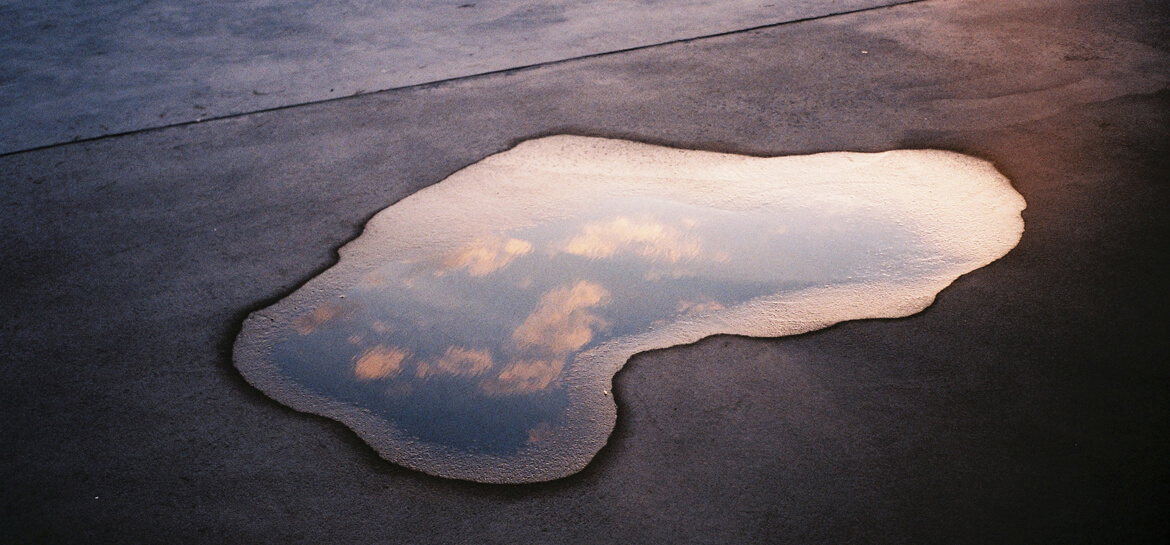SEARCH THE ENTIRE SITE

100 ans plus tard
LE PAVILLON NEUFLIZE OBCWith Lucas Biberson & Guillaume Henry, Sophie Bonnet-Pourpet, Rebecca Digne, Elke Marhöfer & Mikhail Lylov, Sébastien Martinez Barat, Karin Schlageter, Clémence Seilles, Chai Siris, Antonio Vega Macotela, Yonatan Vinitsky & Shuhô. Sur une proposition de Sumiko Oé-Gottini.
In the 15th century, the shogun Ashikaga Yoshimasa ordered the construction of the Jisho-ji or Ginkaku-ji (temple of the silver pavilion) in Kyoto as a reply to the Rokuon-ji or Kinkaku-ji (temple of the golden pavilion), where Ashikaga Yoshimitsu’s grandfather resided. The war of Onin (1467 – 1477) put a stop to the construction and the pavilion never received its silver-leaf coating. Thus escaping ostentation, the Ginkaku-ji became a symbol of Japanese refined sobriety. Abandoning political and military affairs to dedicate himself to learning and to the Arts, Ashikaga Yoshimasa withdrew to his pavilion where he established the fundaments of the Japanese traditional culture of Higashiyama, greatly influenced by Zen Buddhism: ikebana or the “way of flowers,” the way of tea and incense, waka and renga poetry…
In 2013, another pavilion—in Paris this time, belonging as it does to the Palais de Tokyo’s creative laboratory—invited Shuho, ikebana master and head of the Ginkaku Jisho-ji Kenshu Dojo, to propose a series of meetings in France and Japan bringing together traditional practices and the contemporary arts.
The exhibition 100 ans plus tard [100 Years Later] is the result of these exchanges of individual and collective knowledge between Shuho
and the residents of the Pavillon Neuflize OBC, through the display of the circulation, transmission and appropriation processes of cultural elements. Over the course of this learning process, ikebana—an art form based on floral composition—became the common experimenting ground on which mutual translation procedures were tested out—between languages, geographic and cultural zones, and between periods and practices—as a means of bypassing the exotic approach, from one pavilion to another.
The definition of a space, symbolized by the importance given to the vase in ikebana, has become one of the central elements of this collective experience. The vase is the tool of transmission and negotiation between the inside and the outside, between states (solid, liquid, gaseous) and between the elements of the composition. “In ikebana,” says Master Shuho, “when we gaze at a composition, we must pay attention to the mizugiwa [the edge of the water].” The exhibition is a container in which the artworks are reflected—a puddle of water in which, 100 years later, the forgotten memories of gestures, opinions and objects will still shimmer.
Curator: Gallien Déjean


